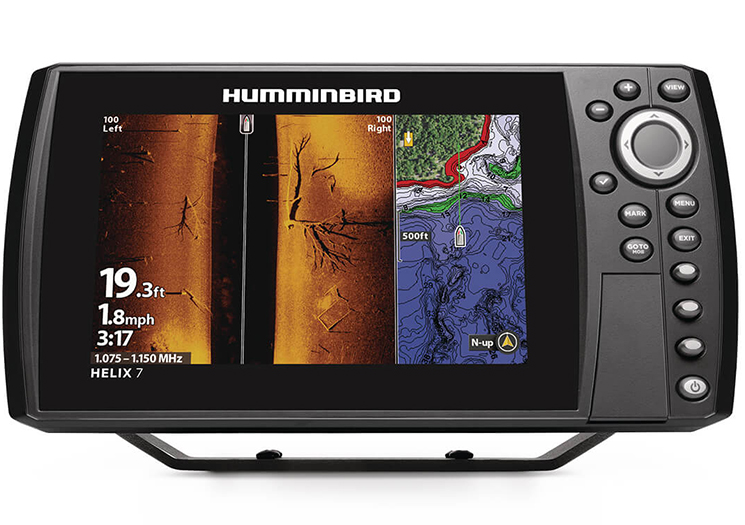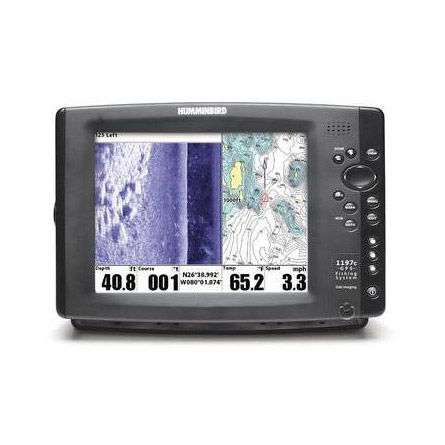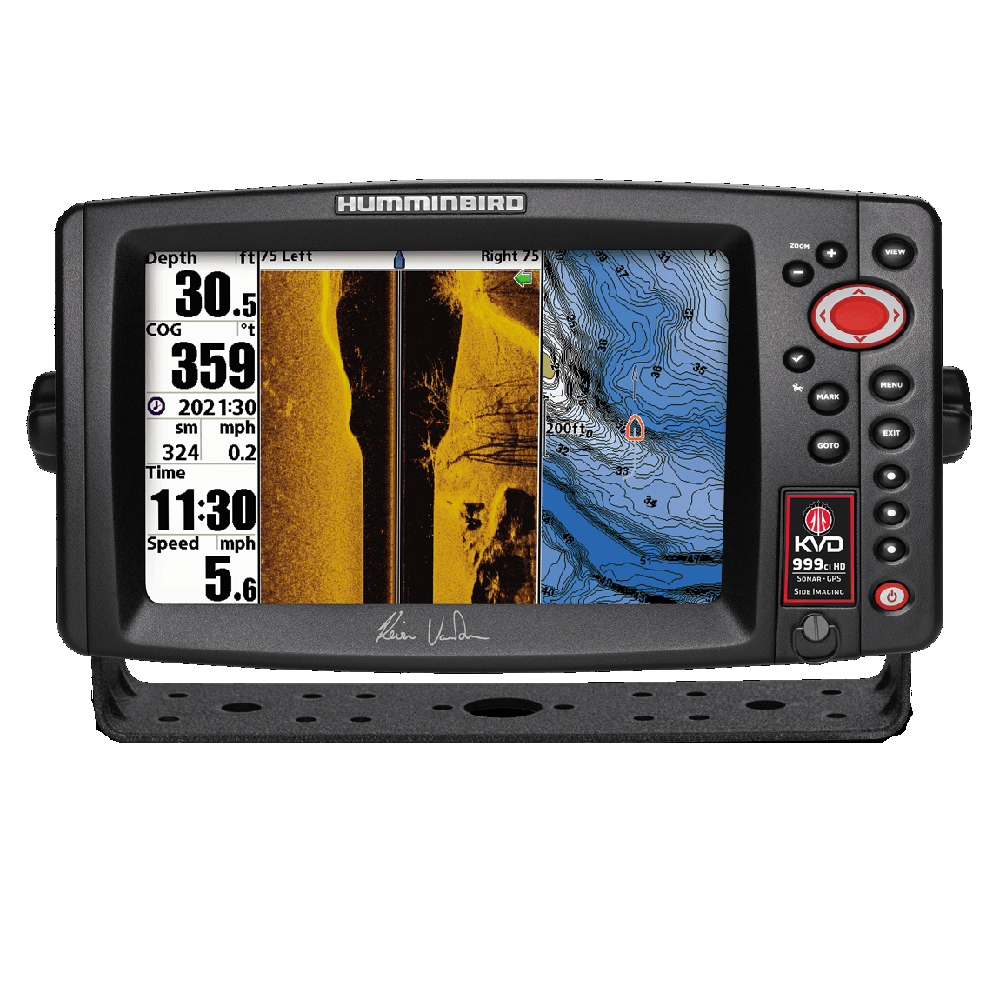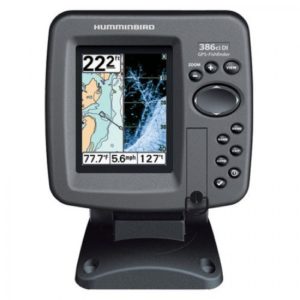商品の詳細
カテゴリスポーツ、レジャー船、ボートパーツ航行計器魚群探知機モニター10型~状態傷や汚れあり(詳細)HUMMINBIRD 1199CI HD ハミンバード 1199CI HD 多少難あり
ハミンバード社製1199日本語モデルGPS魚群探知機です。HELIXシリーズ以前のモデルで、11インチの大型モニターモデルです。
数年前に中古購入しましたが、ほとんど使用していません。(数回程度)画像の通り、モニター画面にはほぼ傷はありません。日本語対応モデルで、サイドイメージも表示可能です。
多少難ありは、低気温時に、電源は入りますが立ち上がりにかなりの時間がかかります。8枚目画像のシガーライター電源用ヒーターで温めてから電源を投入するとスムースに立ち上がります。
細かく計ってはいませんが、気温が25℃以上の時はスムースに立ち上がっていました。(あくまでも目安ですので、25℃以上でも立ち上がりが遅くなる場合もあります。)廃盤モデルですので、メーカー修理は不能です。
画像のものがすべてで、カバー付きモニター本体、コの字架台、振動子(エレキ取付用の金具等はありません)、電源ケーブル、GPSアンテナ(使用していないので、正常に作動するかは不明です)、コネクター(一部画像にありませんが、アクセサリー用のコネクターもあります)、シガーライター電源用ヒーターです。
振動子は、使用時別のものを使用していましたので、付属のものが正常に動作するかは不明です。
使用頻度は低いですが、あくまでも中古品であることをご了承のうえご入札ください。ご落札後は、NC、NRでお願いいたします。また、評価が著しく低い方は、入札を取り消しますので、ご了承ください。
発送は、80サイズの送料着払い宅急便です。(ヤマト運輸か佐川急便にての発送となります)
ハミンバード社製1199日本語モデルGPS魚群探知機です。HELIXシリーズ以前のモデルで、11インチの大型モニターモデルです。
数年前に中古購入しましたが、ほとんど使用していません。(数回程度)画像の通り、モニター画面にはほぼ傷はありません。日本語対応モデルで、サイドイメージも表示可能です。
多少難ありは、低気温時に、電源は入りますが立ち上がりにかなりの時間がかかります。8枚目画像のシガーライター電源用ヒーターで温めてから電源を投入するとスムースに立ち上がります。
細かく計ってはいませんが、気温が25℃以上の時はスムースに立ち上がっていました。(あくまでも目安ですので、25℃以上でも立ち上がりが遅くなる場合もあります。)廃盤モデルですので、メーカー修理は不能です。
画像のものがすべてで、カバー付きモニター本体、コの字架台、振動子(エレキ取付用の金具等はありません)、電源ケーブル、GPSアンテナ(使用していないので、正常に作動するかは不明です)、コネクター(一部画像にありませんが、アクセサリー用のコネクターもあります)、シガーライター電源用ヒーターです。
振動子は、使用時別のものを使用していましたので、付属のものが正常に動作するかは不明です。
使用頻度は低いですが、あくまでも中古品であることをご了承のうえご入札ください。ご落札後は、NC、NRでお願いいたします。また、評価が著しく低い方は、入札を取り消しますので、ご了承ください。
発送は、80サイズの送料着払い宅急便です。(ヤマト運輸か佐川急便にての発送となります)
商品の説明

HUMMINBIRD 1199CI HD ハミンバード 1199CI HD 多少難あり - 船、ボート

ハミンバードのYahoo!オークション(旧ヤフオク!)の相場・価格を見る|Yahoo!オークション(旧ヤフオク!)のハミンバード のオークション売買情報は19件が掲載されています

HELIX7|HUMMINBIRD ハミンバード

ハミンバードのYahoo!オークション(旧ヤフオク!)の相場・価格を見る|Yahoo!オークション(旧ヤフオク!)のハミンバード のオークション売買情報は19件が掲載されています

1199ci HD SI Combo 1 by HUMMINBIRD

Humminbird 1199 ci HD sonar gps side imaging - Classified Ads - Classified Ads | In-Depth Outdoors
![fuji6102 販売履歴[1]](https://img.kpers.net/p2/A31_get_image_s/k1061054958_fuji6102_1.jpg)
fuji6102 販売履歴[1]

Humminbird 1199ci HD SI COMBO - Walmart.com

HUMMINBIRD ハミンバード 1198c - フィッシング

1199ci HD SI Combo 1 by HUMMINBIRD

ハミンバードのYahoo!オークション(旧ヤフオク!)の相場・価格を見る|Yahoo!オークション(旧ヤフオク!)のハミンバード のオークション売買情報は19件が掲載されています

HELIX|HUMMINBIRD ハミンバード

BLA - Humminbird - 1199cxi HD SI Combo Overview - YouTube
7型GPS魚探 マップセット 899 SI サイド/ダウンイメージモデル 7インチカラー HUMMINBIRD(ハミングバード)|ネオネットマリン通販
最新のクチコミ
マグネットタイプなので自分で高さ等調整できるのが良かったです。
- ZSP*****さん
- 45歳
- アトピー
- クチコミ投稿 3件
購入品
注文から到着まで早く良かったです。
雨の日使ってみたら水はじきも良くてささっと着れて良かったです。
ただ大きな段差など足は開きませんけどね❗
- TZG*****さん
- 41歳
- アトピー
- クチコミ投稿 3件
購入品
身長160センチで長さはギリギリだと思います。
2パターンぐらい長さが選べればいいかなと思います。形は概ね満足していますが膝下からテーパードのような形だったらもっと良いです。生地は他の方のレビュー通り夏以外は着られそうです。
- PTJ*****さん
- 18歳
- アトピー
- クチコミ投稿 2件
購入品
スポーツ、レジャー・船、ボート・スポーツ、レジャー・船、ボート
-
-
2

ヘッドライト磨き✨
ヘッドライト磨き✨
¥10,000
-
3

SHARP AN-SX7A
SHARP
¥17,000
-
6

ロエベ パズルバッグ スモール
ロエベ パズルバッグ スモール
¥222,222
この商品を見ている人におすすめ
-
-

超高年式✨送料設置無料❗️家電2点セット
¥36,000
-

光速の寄せ
¥1,505
-

パナソニック
¥29,000
-














